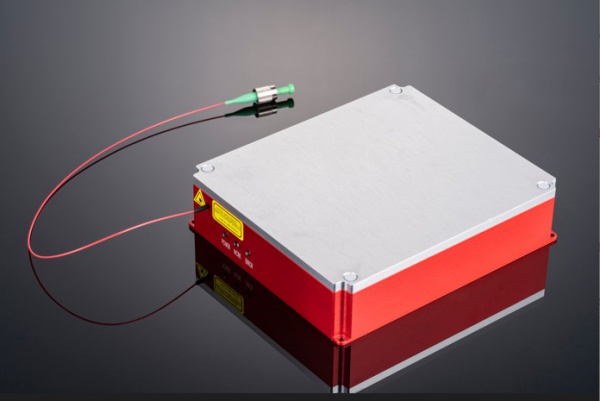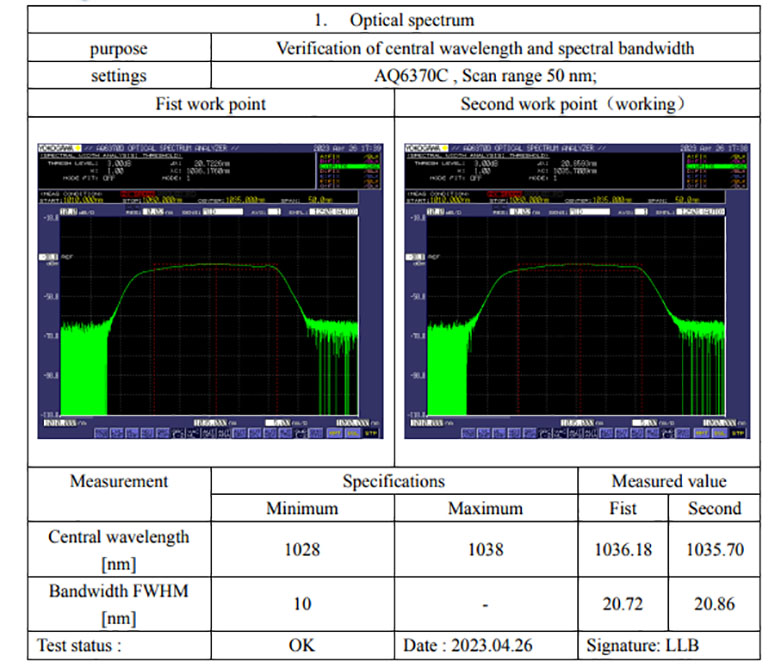The ytterbium-doped femtosecond fiber laser module is a cutting-edge technology that has revolutionized the field of lasers. This article will explore the various features and applications of this remarkable device.
The Power of Femtosecond Fiber Laser Module
The ytterbium-doped femtosecond fiber laser module offers an unprecedented level of precision and control in laser technology. With its ultrafast pulse duration in the femtosecond range, it enables scientists and researchers to study phenomena at an incredibly small timescale. This makes it invaluable for applications such as material processing, medical imaging, and spectroscopy.
Optizone Technology: Enhancing Performance

A key feature of the ytterbium-doped femtosecond fiber laser module is its utilization of Optizone Technology. This innovative technique allows for customized beam shaping and manipulation, enabling users to tailor the output characteristics according to their specific requirements. Whether it’s achieving high peak powers or optimizing spatial beam quality, Optizone Technology ensures optimal performance across different applications.
Fiber Optic Circulator: Enabling Efficient Light Routing
Incorporating a fiber optic circulator within the ytterbium-doped femtosecond fiber laser module further enhances its functionality. The circulator acts as a crucial component for efficient light routing by directing light signals through different ports with minimal loss. This enables seamless integration with other optical devices or systems, facilitating complex experimental setups or practical applications requiring precise light control.
Conclusion
The development of the ytterbium-doped femtosecond fiber laser module has opened up new possibilities in numerous scientific fields. Its ultrafast pulse duration, combined with Optizone Technology and fiber optic circulator integration, allows for unprecedented control and customization of laser output. As researchers continue to explore its potential, this technology is expected to drive further advancements in areas such as materials science, biomedicine, and telecommunications.
